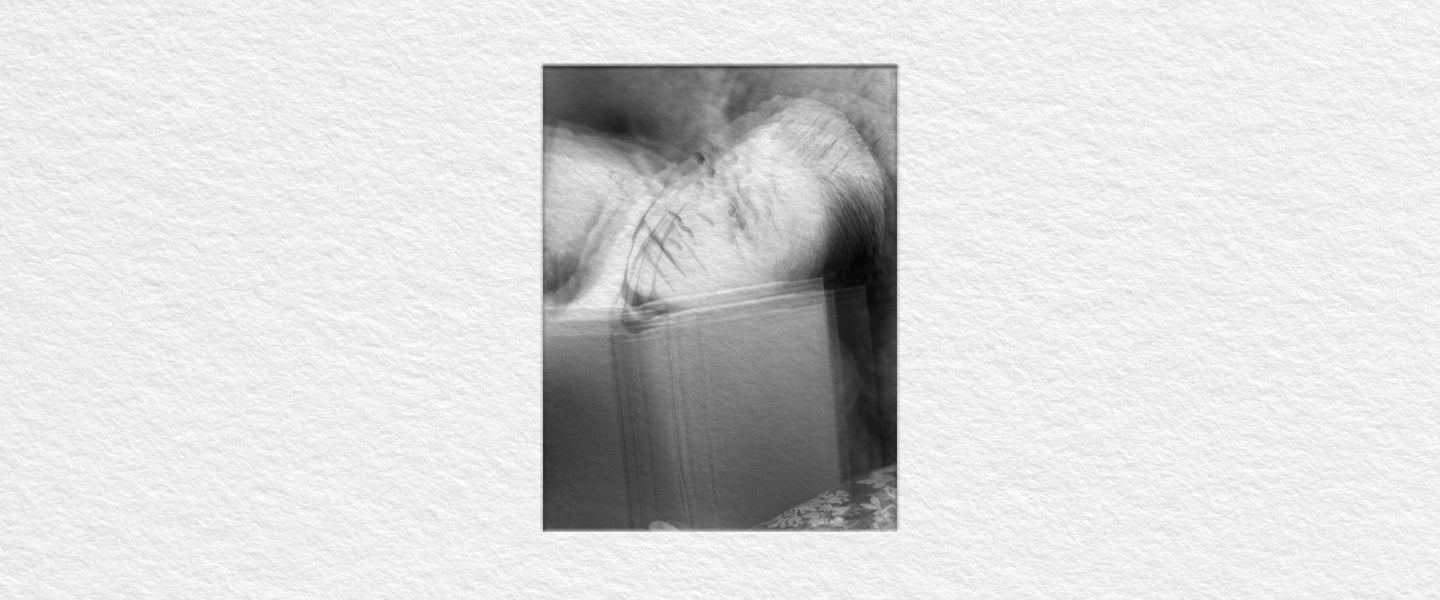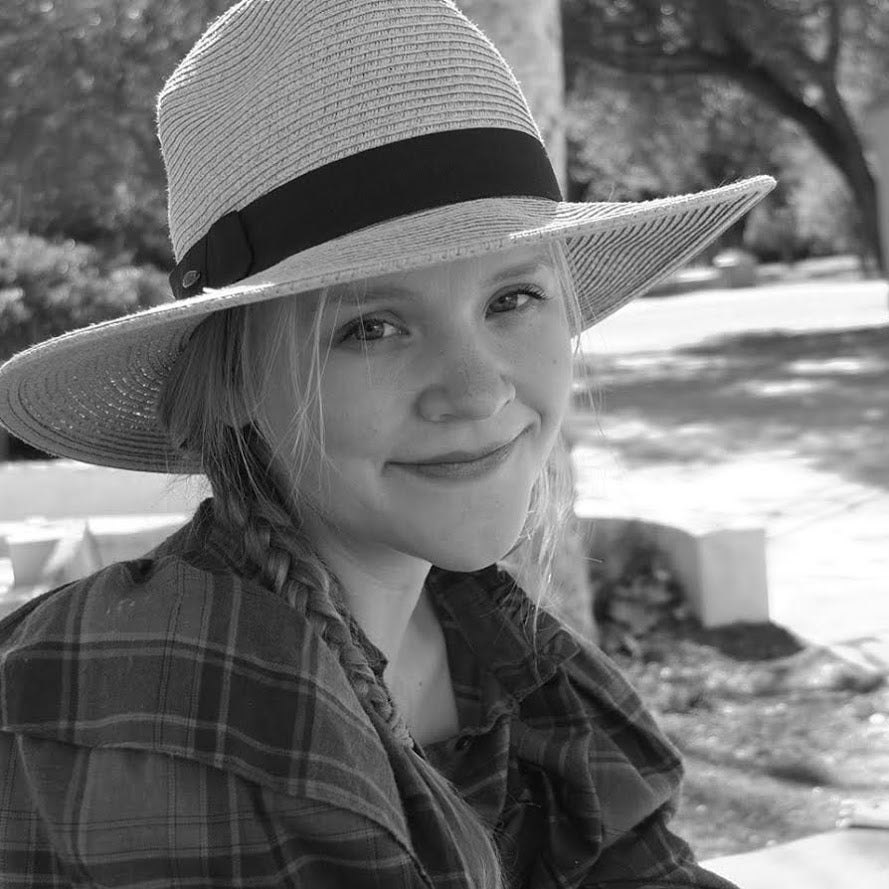At the end of Alfred Hitchcock’s 1951 thriller Strangers on a Train, a standoff occurs atop a carousel. The cops have accidentally shot the carny in charge, and kids are now being flung off at Mach speed while the bad guy tries to flee. What begins with the potential for suspense quickly grows absurd — blame mid-century special effects, but also the very premise that terror masquerades as an amusement park ride and the looming teeth of a wooden horse.
Still, it’s the best visual depiction of clinical anxiety I’ve ever seen. It encompasses both its inherent absurdity (e.g., recomposing, again and again, an insignificant email you sent six hours ago), and its total isolation — the vertiginous speed at which thoughts take you completely off your rails while other people stand clutching their evening gloves, watching you unhinge from a slight remove.
All of which makes anxiety a particularly wily subject matter for a novel. Anxiety is redundant, circular (see: carousel) and often mundane. As artistic fodder goes, it certainly doesn’t rival the pathos of heartbreak or ruthless ambition. Planting a reader in an anxious character’s head means trapping them in an anti-fantasy, and loop-de-loops of banal questions like, “Can I make rent this month?” or “How many years until my teeth fall out?” It rivals the suspense of listening to someone else’s dream.
And yet this potentially mundane subject has become fodder for a plethora of new novels, primarily written about (and consumed) by people who are squarely in the crosshairs of the angst-inducing present: the underemployed, the disillusioned, the student-loan burdened. Anxiety is a central feature in many of our lives, the product of harder economic realities, lessened stigma over mental illness and global upheaval that ripples on personal levels.
In works like Halle Butler’s The New Me, Sally Rooney’s two-book oeuvre (Normal People and Conversations with Friends) and Ottessa Moshfegh’s My Year of Rest and Relaxation, readers can willingly embark on journeys to the center of fraught young minds. Sometimes it’s a gentle descent into chaos, like striding down a hill; other times, it’s Moshfegh’s unnamed narrator drugged on all manner of downers, walking us through her fugue shuffle from the bodega back to a shelf full of Trazodone, Ambien and Nembutal on page one.
The loudest, most populous champions of this genre — call it Klonocore — outwardly share significant commonalities with the characters trapped in these mental purgatories. They’re young and hip, preoccupied with social media and keenly aware of their own financial and social precarity. Mainly, though, they have a lot of anxiety and talk about it openly. Millennials “are experiencing higher levels of depression, anxiety and suicide ideation than they did a decade ago,” write the authors of a 2016 study — quelle surprise. They’re willing to read “difficult” books with unlikeable characters and dark subject matter, which implies that they’re educated and/or well-read, accustomed to engaging with complicated art and disenfranchised in the way that people are who were promised something (a job, stability, a sense of ease) yet ultimately denied it.
The new Halle Butler and last Moshfegh both seem to have aggressively "unlikable" protagonists (I mean that as a compliment). Are there some other recent books like this?
— Lincoln Michel (@TheLincoln) March 15, 2019
The characters within this subset of novels descend into their depressive and anxious mires for largely similar reasons. “I can’t point to any one event that resulted in my decision to go into hibernation,” Moshfegh’s narrator explains. “Initially, I just wanted some downers to drown out my thoughts and judgments, since the constant barrage made it hard not to hate everyone and everything.” Shitty art, shitty men, shitty jobs and the shitty, lingering question of “what else?” propels Moshfegh’s hibernator deeper into prescription pills and revulsion until she gets closer and closer to total blankness, the clinical anxiety sufferer’s wet dream of a quiet mind.
Others go a more traditional route. Butler’s Millie, a 30-year-old chronic temp worker hoping to go permanent, moves through the world cataloging its and her own inadequacies so thoroughly that things occasionally get a little Cronenbergian and suffocatingly visceral. “It’s a new day,” she thinks in the book’s first sentence. “I’m on the train, 8:45, still dark outside, hot, shitty outfit, hole in my underwear from scratching too much, an aimless bile rising at the back of my throat already, as usual, for no reason, like it always does, like I’m in an experiment, my face inches from a short woman’s stupid hat, the poofball of the hat a clown’s nose for one.” It’s like watching a cheetah rip into the stomach of an antelope. Even the cadence of the sentences mirrors the gunfire rhythm of anxious thoughts, staccato with only a short break to gasp.
Like the mix on an album, novels curate details — they can amplify or mute the volume of any particular sensory detail, and Millie’s head is an anxious cacophony. She vacillates between hopes for gainful employment and the nagging, irrefutable truth that whatever gig she lands will be a life sentence of meaninglessness, bureaucracy and casual cruelty. She metabolizes virtues like tidiness and self-care, swinging wildly between hope and despair. After an ill-advised shopping binge at Whole Foods, she falls asleep and states, “My dreams are superficial and related to home improvement. There’s a slight feeling of dread to them all.” Any kind of relief, joy or human engagement — for instance, meditating, Pinteresting or meeting friends for drinks she can’t really afford — would be like suturing her wounds with dental floss.
This impeccably rendered form of literary torture begs an important question: Are we reading these books because we like to pick at our own unhealed scabs, or because we want to reassure ourselves that we’re not quite so messy as, say, Clare, the bereaved protagonist of Laura van den Berg’s excellent The Third Hotel, who eventually abandons basic hygiene in a quest to find her (un)dead husband in Cuba? While on the island, having extended her stay indefinitely, she sinks further and further into hallucinations and madness, believing her husband might have been reincarnated as an identical Cuban man. In her memory of a near-disastrous drive they took as an American married couple, she recalls a “feeling [like] what she had felt in the desert car, in Death Valley, a long slide into the void.” For the anxious, that holds a frisson of recognition — the gaping maw of that void, the desire to get obliteratingly drunk, for example, as Clare often does, because it slows down the carousel, and then the embarrassment that inevitably ensues afterward.
Other Klonocore books don’t provide such tidy escape hatches as hallucination on a Caribbean odyssey. And somehow, the unrelenting realism is even more horrific. Millie’s shitty, overpriced apartment in Chicago isn’t so different from the place where I got bed bugs in Brooklyn. In Rooney’s Conversations with Friends, working-class student Frances might hit a lucky break publishing a short story, but she’s still begging for food from her boyfriend. Cory from Tony Tulathimutte’s 2016 Private Citizens, one of four central characters trying to get their shit together in an early aughts San Francisco, experiences the kind of psychosomatic bodily deterioration that hits me once every season, autoimmune flare-ups that aren’t unlike an infestation. The inescapability of their circumstances is particularly terrifying because they’re so quotidian, like anxiety itself — the phone call is coming from inside the house, but it’s not like you can just leave.
These novels certainly aren’t the first to depict anxiety, which exists with or without a medical designation (none of these books diagnose their characters, save for Tulathimutte’s Henrik, who’s on bipolar medication, and Nick in Conversations with Friends, who was hospitalized for depression), but they’re inextricably tethered to the material conditions of the immediate present. Holden Caulfield couldn’t erase all the “fuck you’s” in 1940s New York, so I’m guessing that the material and spiritual filth in 2019 would knock him on his ass, just like it’s doing to so many of us. I don’t need to list the differences that are unique to millennials than generations past, but I will, briefly: rising healthcare costs, rent hikes, wage stagnation, the gig economy, ad infinitum.
In this vein, economic anxieties play a critical role in the level of squeamishness these novels impart. Like horror as a genre, they exist on a spectrum of discomfort. And just like an objective measure of, say, hot sauce, the most ruthless of this batch will probably depend on the reader’s particular quirks and prescriptions — I found The New Me most harrowing due to the constancy of its financial pressures. That’s my anxiety trigger: Ask my therapist, and then consult my bookshelf. Millie proves that money can buy a certain threshold of happiness, or at least a momentary reprieve, during ill-advised forays into online shopping and failed attempts at self-improvement. But these adrenalized binges are just a drop in the proverbial bucket, a short-term fix equivalent to yet another prescription sleep aid that barely gets you through one of a number of endless nights.
The keyword here is endless; by the end of these novels, characters change, but the hardest reality to stomach is the continuance of that anxiety (save for Moshfegh’s almost monastic protagonist, who can opt out of society completely), like a low electrical pulse.
I’d be remiss to ignore the fact that the lion’s share of writers characterizing anxiety so succinctly are women, and I’d venture that this isn’t coincidental; there is a heightened state of danger in bearing a female body, and I’d argue, that comes with a heightened state of awareness. Who better to articulate the menacing absurd than one liable to be killed by an intimate partner? Who better to depict the comingling of rational and irrational fear than someone who is always looking over their shoulder for reply guys or rape jokes? It isn’t that men don’t experience anxiety, obviously. It’s that women have been doing the work of untangling specific, gendered anxieties for years, and that practice yields literary dividends.
The experience of embedding in a character’s anxious mind is akin to any other empathetic reading — a shock of both recognition and otherness, a simultaneous and maybe contradictory closeness and distance. Like any other piece of art (even a Hitchcock film), these books have the potential to act as lenses. That certainly isn’t a prescription, at least not one as potent as an Ativan. But like gore or reality TV, sometimes we want to stare at what repulses us. Sometimes it’s enough to disembark our own spinning carousels of thought and board someone else’s for a while, even if anxiety’s lurking in either direction.

